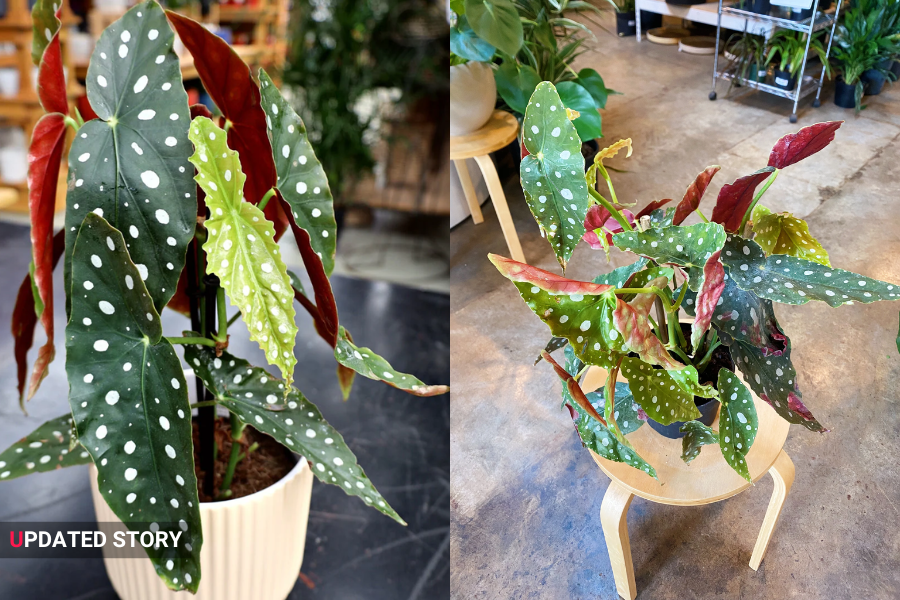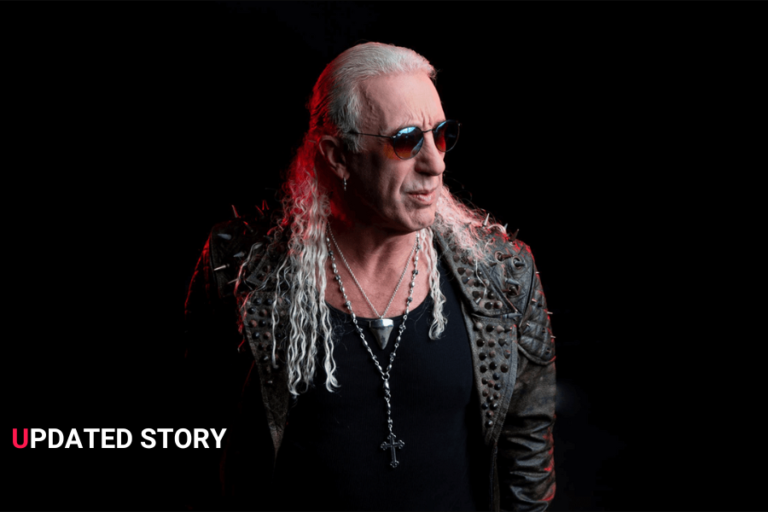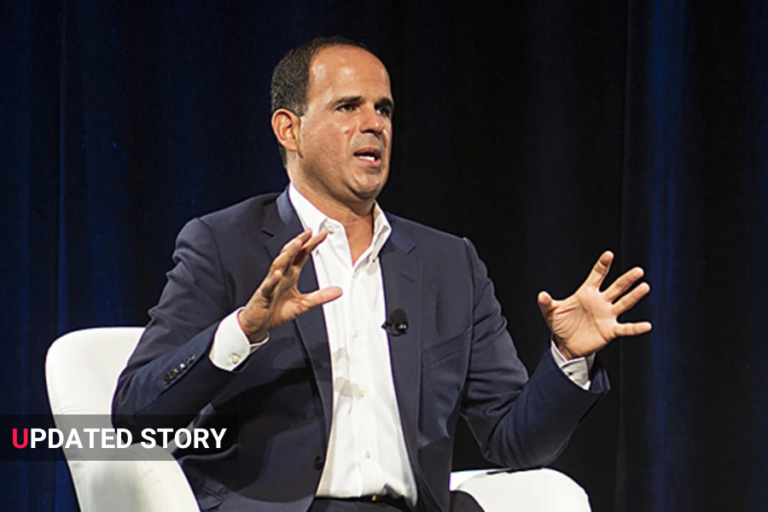Begonia Mallacoota: A Hidden Gem in the Heart of Victoria
If you’re looking for a place where nature thrives, wildlife roams freely, and the air is fresh with the scent of untouched coastal bush, then look no further than Mallacoota, a small town in the far east of Victoria. Nestled between the pristine wilderness of the Croajingolong National Park and the Pacific Ocean, Mallacoota offers more than just breathtaking landscapes. It is a haven for those who want to escape the hustle and bustle of city life and reconnect with nature.
At the heart of Mallacoota’s charm lies its distinctive flora and fauna, and one of the standout attractions is the begonia, a plant that has found a home in this unique environment. This blog post explores the fascinating connection between Mallacoota and the begonia, focusing on the significance of this beautiful plant in the region’s ecosystem, its history, and its cultivation.
What Is Begonia Mallacoota?
Begonia Mallacoota is a distinct variety of begonia that has found its place in the rich environment of Mallacoota, Victoria. Known for its vibrant colors and delicate features, this plant thrives in the temperate rainforest that is a hallmark of this part of the country. The species is particularly noteworthy because it has adapted to the local climate and conditions, making it a symbol of the area’s unique biodiversity.
A Historical Look at Begonias in Australia
Australia’s flora is incredibly diverse, with many species found nowhere else on earth. Begonias are no exception, with over 100 species native to Australia. Most of these are found in subtropical and tropical areas, but some varieties, like the begonia in Mallacoota, are more adapted to temperate environments.
The presence of begonias in the Mallacoota region is significant because the Croajingolong National Park, where Mallacoota is located, is a UNESCO World Biosphere Reserve. This status underscores the importance of the park’s biodiversity, which includes a wide variety of native plants, including the begonia species. The begonia in Mallacoota, in particular, is a testament to the resilience of Australian plants, as it thrives in the challenging conditions that characterize this coastal region.
The Ecosystem of Mallacoota and Its Role in Biodiversity
Mallacoota is situated in one of the most ecologically diverse regions in Australia. The town is surrounded by dense forests, heathlands, and wetlands, all of which contribute to a rich biodiversity. These ecosystems support a variety of plant and animal species, many of which are endemic to the area, meaning they are found nowhere else in the world.
The begonia, as a native species in this region, plays a role in maintaining the ecological balance. It grows in the understorey of the forests, thriving in shaded, moist areas. The plant contributes to the overall health of the ecosystem by providing habitat and food for various species of insects, particularly pollinators like bees and butterflies. In turn, these insects help pollinate the begonia flowers, ensuring the species can continue to flourish.
Growing Begonias in Mallacoota: Ideal Conditions and Challenges
Begonias are known for being relatively easy to grow, but there are specific conditions that make Mallacoota an ideal location for their growth. The region’s mild climate, abundant rainfall, and rich, well-drained soils create the perfect environment for begonias to thrive.
Mallacoota’s location near the coast also provides some unique challenges. Saltwater can sometimes make its way into the soil, making it difficult for some plants to survive. However, the begonia variety found here has adapted to these conditions, growing in areas where the soil has the right balance of nutrients and moisture.
For gardeners in the Mallacoota area or anyone looking to cultivate begonias in similar environments, understanding the local climate is key. Begonias tend to do best in areas with moderate temperatures, and they require regular watering, especially during dry spells. The soil should be kept moist but well-drained, and begonias should be shielded from strong winds, which can dry them out.
How to Cultivate Begonia Mallacoota
If you’re inspired to bring a little piece of Mallacoota into your own garden, growing begonia mallacoota is relatively straightforward, as long as you provide the right conditions. Here’s a simple guide to help you grow these beautiful plants:
1. Choose the Right Location
Begonias thrive in partially shaded areas, where they receive indirect light. A spot under trees or near taller shrubs can provide the necessary shade while still allowing the begonia to receive enough light to grow. Avoid placing begonias in full sun, as this can cause the leaves to burn.
2. Prepare the Soil
Begonias prefer well-draining, humus-rich soil. If your soil is heavy clay, consider mixing in some organic matter like compost to improve drainage. Begonias also like slightly acidic soil, so ensure your soil’s pH is between 5.5 and 6.5.
3. Watering
Begonias need consistent moisture to thrive, but overwatering can lead to root rot. Water your begonias regularly, but make sure the soil does not become waterlogged. If you’re growing begonias in a container, ensure there are drainage holes at the bottom to allow excess water to escape.
4. Fertilizing
Begonias are moderate feeders, and they benefit from a balanced, water-soluble fertilizer applied once a month during the growing season. Be sure to follow the manufacturer’s instructions to avoid over-fertilizing, which can damage the plant.
5. Pruning
To encourage a bushy growth habit, pinch back the growing tips of your begonia. This will help the plant become fuller and more attractive. If any dead or yellowing leaves appear, remove them to keep the plant healthy.
6. Pests and Diseases
While begonias are generally resistant to pests and diseases, they can occasionally fall victim to aphids, mealybugs, and fungal infections. Regularly inspect your plants for any signs of trouble, and treat them promptly with appropriate methods, such as insecticidal soap for pests or fungicide for fungal issues.
The Importance of Begonia Mallacoota in Conservation Efforts
As part of the region’s native flora, begonia mallacoota contributes to the overall health of the ecosystem. The Croajingolong National Park is a key area for biodiversity conservation in Victoria, and plants like the begonia play a role in maintaining the health of the local environment. By conserving these plants, we are not only protecting an essential part of Mallacoota’s natural beauty, but we are also supporting the broader ecological health of the region.
Conservation efforts in Mallacoota are focused on preserving the unique plant and animal species that inhabit the area. These efforts include maintaining the natural habitat of the begonia and other native plants, controlling invasive species, and minimizing human impact on the landscape. Visitors to Mallacoota are encouraged to respect the environment and follow guidelines set by local authorities to help protect this pristine area.
Visiting Mallacoota: A Natural Wonderland
For those interested in experiencing Mallacoota firsthand, there are plenty of activities to enjoy. The town is known for its beautiful beaches, fishing spots, and opportunities for kayaking, hiking, and birdwatching. Mallacoota is also home to the iconic Mallacoota Inlet, a popular spot for boating and water sports.
Aside from the natural attractions, Mallacoota has a strong sense of community, with local markets, cafes, and galleries showcasing the work of regional artists. The area’s laid-back lifestyle is a refreshing change from the busy pace of city living, making it a great place for a weekend getaway or longer vacation.
Conclusion
Begonia Mallacoota is more than just a beautiful plant; it represents the rich biodiversity and resilience of the natural environment in this stunning coastal region. Thriving in the unique conditions of Mallacoota, this begonia variety plays an essential role in the local ecosystem, supporting pollinators and contributing to conservation efforts. Whether you are a gardening enthusiast looking to cultivate this vibrant plant or a nature lover eager to explore Mallacoota’s breathtaking landscapes, this hidden gem in Victoria offers something truly special. By appreciating and protecting Begonia Mallacoota, we help preserve the natural beauty and ecological balance of this remarkable region for future generations.
FAQs
1. What makes Begonia Mallacoota unique?
Begonia Mallacoota is distinctive due to its adaptation to the local climate and coastal conditions of Mallacoota. It thrives in the temperate rainforest environment, making it an important part of the region’s biodiversity.
2. Can I grow Begonia Mallacoota in my garden?
Yes, you can grow Begonia Mallacoota if you provide the right conditions, including partial shade, well-draining soil, consistent moisture, and protection from strong winds.
3. Where is Mallacoota located?
Mallacoota is a small town in the far east of Victoria, Australia, situated between Croajingolong National Park and the Pacific Ocean.
4. What is the best time to visit Mallacoota?
Mallacoota is beautiful year-round, but spring and autumn are particularly ideal for exploring its natural attractions, with mild temperatures and blooming flora.
5. Why is conservation important for Begonia Mallacoota?
As part of the local ecosystem, Begonia Mallacoota supports pollinators and contributes to biodiversity. Conservation efforts help protect this unique plant and its habitat from environmental threats.
6. What other attractions can visitors enjoy in Mallacoota?
Mallacoota offers stunning beaches, fishing spots, kayaking, hiking trails, and opportunities for birdwatching. The town also has a vibrant local arts and food scene.






